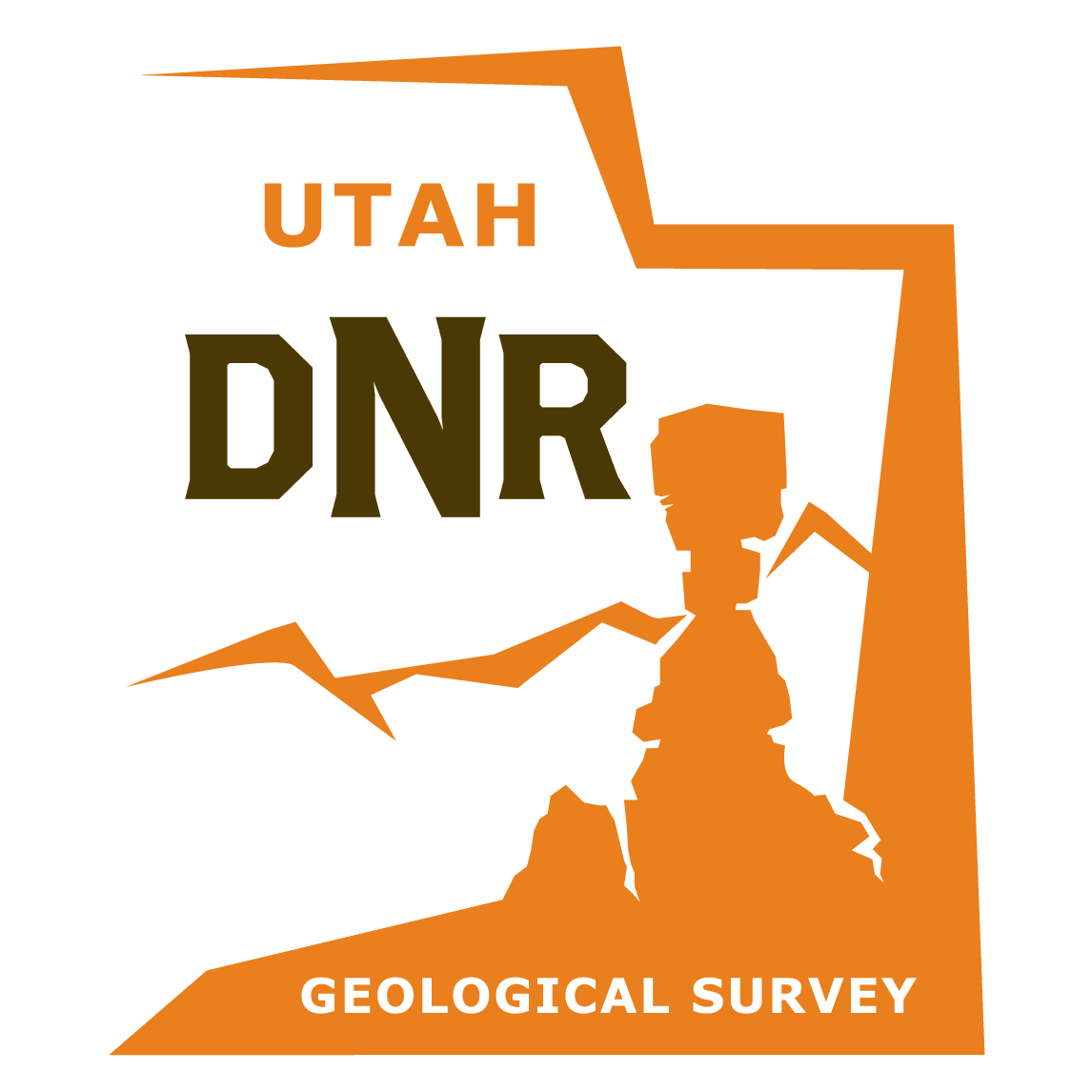Tag Archive for: DNR
 Have a great weekend everyone!
Have a great weekend everyone!
Dixie National Forest, Iron County, Utah
Photographer: Robert F. Biek; © 2012
Hancock Peak (elevation 10,598 feet) is one of many cinder cones that dot the Markagunt Plateau east of Cedar City. Engelmann spruce trees, many of which were killed by spruce bark beetles, and colorful quaking aspen blanket the cinder cone and associated lava flow, which are estimated to be about 600,000 years old.
Sandstone Mountain, Red Cliffs Desert Reserve, Washington County, Utah
Photographer: Tyler Knudsen; © 2012
Shifting sands partially bury an unusually large (about 1 foot in diameter) spherical hematite concretion that has eroded from the nearby Jurassic-age Navajo Sandstone. The concretion’s dark concentric bands formed when iron-oxide minerals precipitated out of groundwater that flowed through the sandstone.
 Who can “Spot the Rock” this week?
Who can “Spot the Rock” this week?
Like us on FACEBOOK or follow us on TWITTER to participate!
UPDATE: Location Revealed
Last week’s “Spot the Rock” was another toughie, but we did have one correct guess. Gandy Warm Springs is located half a mile from the Nevada border at the southern base of Spring Mountain (Gandy Mountain) at the western edge of Snake Valley, Utah. Multiple springs come from the sides of the mountain and cascade into a constructed pool made of Cambrian limestone cobbles and boulders. The main spring at Gandy emerges from a cave (Beware Cave) below the soaking pool, discharging an enormous quantity of geothermal water (~81˚F), at nearly 9000 gallons per minute, which flows east as Warm Creek (Gandy Creek).
 Dixie National Forest, Garfield County, Utah
Dixie National Forest, Garfield County, Utah
Photographer: Robert F. Biek; © 2012
Colorful volcanic sandstone and mudstone of the Brian Head Formation record initiation of volcanic activity in southwest Utah about 36 million years ago. Here, Eocene-age Brian Head deposits form rugged badlands at the south end of the Sevier Plateau.
 Canyonlands National Park, San Juan and Wayne Counties, Utah
Canyonlands National Park, San Juan and Wayne Counties, Utah
Photographer: Rich Emerson; © 2012
Uplift of the Colorado Plateau has caused the Green River to entrench its meandering path into the relatively soft rocks of the Permian-age Organ Rock Shale. At Soda Springs Basin, vertical cliffs of the more-resistant White Rim Sandstone cap the Organ Rock Shale 400 feet above the river.








